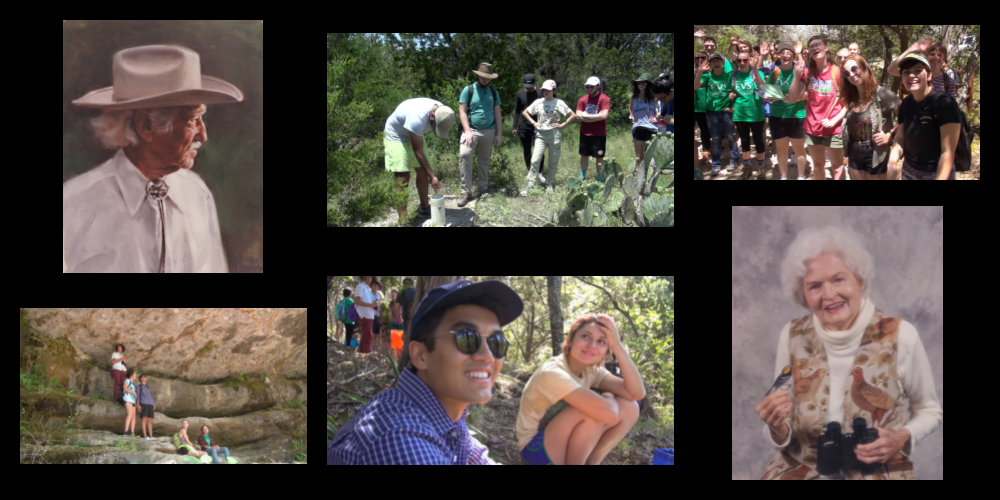History
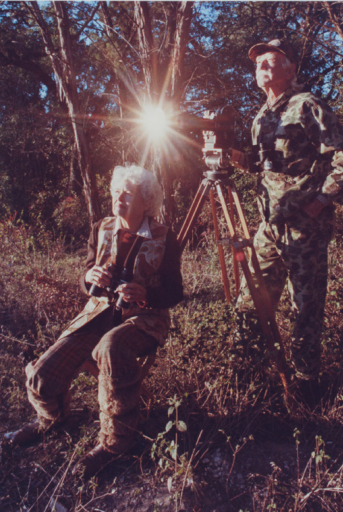
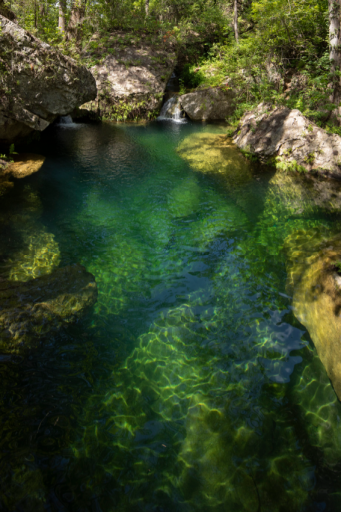
The east side of Roy Creek Canyon was purchased by Red and Marjorie Adams in 1941 when Red came home from the war. As early conservationists, Red and the adjoining neighbor vowed to protect and preserve its natural state through a gentleman’s handshake. Through decades of gentle human touch, Roy Creek Canyon has remained as it was nearly 100 years ago. It is a time capsule of pristine spring waters, thriving native wildlife, and ancient Karst limestone formations that are unique to the Texas Hill Country. These families continue independently to protect the land for future generations.
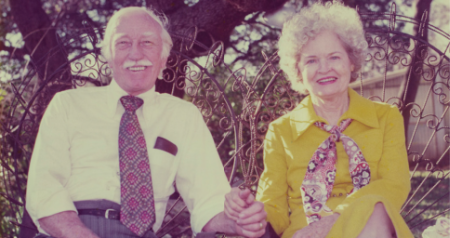
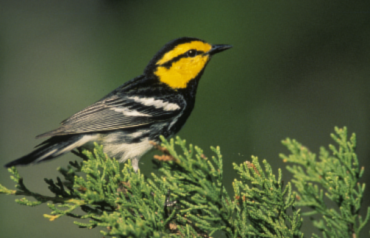
As active naturalists and film makers, Red and Marjorie Adams sought to educate people about protecting threatened species, the dangers of over-development, and the need for conserving the raw native lands of Austin and it’s surrounding Hill Country. In their award-winning films, Where Should A Squirrel Live? and What Good Is A Warbler? they challenged viewers to consider the cost of losing natural habitat and the greater cost to society as a whole. Their work was a driving force in the movement to save the Golden Cheek Warbler, whose only nesting place is the Texas Hill Country and who continues to be at risk by the encroaching development.
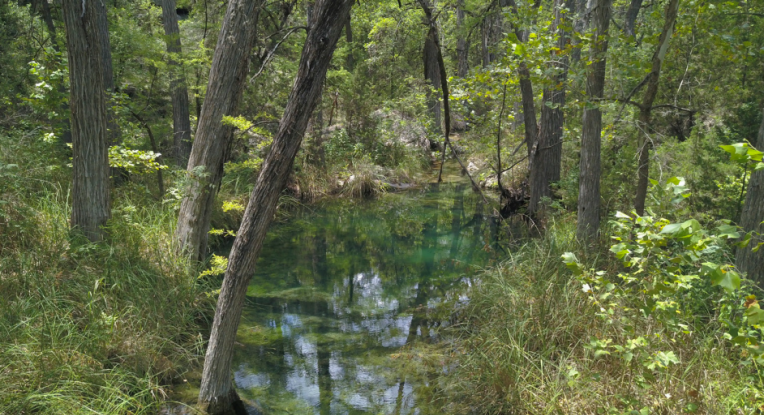
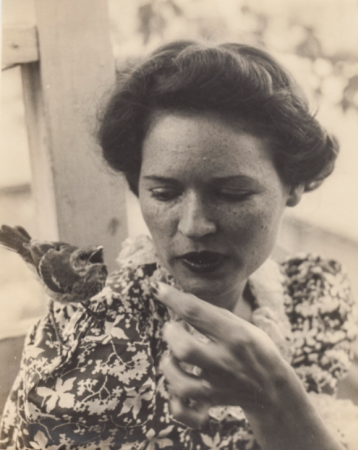
Marjorie Adams wrote the syndicated “Bird World” column as one of Austin’s early conservationists and birders, encouraging readers to appreciate the natural world and the creatures in it. The Roy Creek Canyon served as a natural “think tank” for Marjorie and Red, their colleagues, and friends who were instrumental in Austin’s early environmental movement. Throughout the years, Red and Marjorie shared the canyon with writers, scientists, politicians, local luminaries, and students of all ages. Red had an affinity for bringing young learners to the canyon to experience nature in its purest form. Countless students have reflected that their experiences at the canyon sparked an interest in environmental studies. Red would often say, “Give me a city kid for a day, and I can change his perspective for life.”
